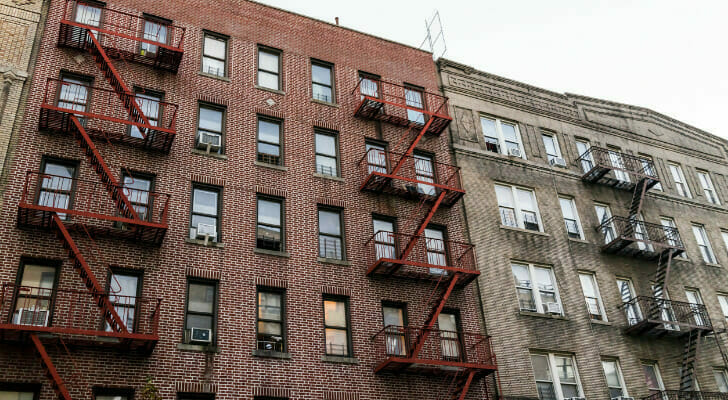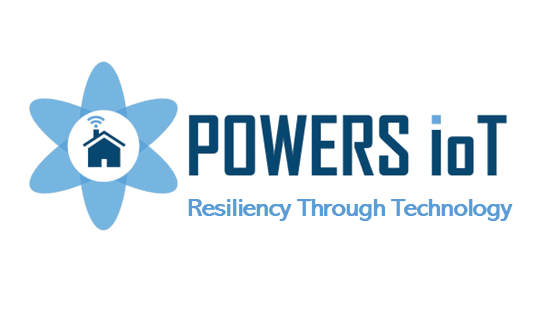
What technology is best to use for low income housing?
Low income housing is a crucial need in many communities around the world, and technology can play an important role in making it more affordable and sustainable. However, the best technology to use will depend on a variety of factors, including the specific needs of the community, the climate and environment, and the available resources.
Low income housing is a crucial need in many communities around the world, and technology can play an important role in making it more affordable and sustainable. However, the best technology to use will depend on a variety of factors, including the specific needs of the community, the climate and environment, and the available resources.
One technology that has been gaining popularity in recent years is prefabrication. Prefabricated homes are built off-site in a controlled factory environment, which can greatly reduce construction costs and time. In addition, prefabricated homes can be designed to be energy efficient, which can help lower utility costs for residents.
Another technology that can be used in low income housing is solar power. Solar panels can be installed on the roof of a building to generate electricity, which can help reduce the cost of utilities for residents. Solar power can also be integrated with other technologies, such as battery storage systems, to provide power even during power outages.
Green roofs and walls are also a technology that can be used in low income housing. A green roof is a layer of vegetation planted on top of a building’s roof. Green roofs can help insulate the building, lower energy costs, and reduce the urban heat island effect. Green walls are similar but they are vertical gardens.
Finally, building automation systems can be used to control and monitor the various systems in a building, such as heating, ventilation, and lighting. This can help to improve the energy efficiency of the building, as well as provide residents with greater control over their living environment.
Overall, there is no one-size-fits-all solution when it comes to technology for low income housing. It is important to consider the specific needs of the community and the resources available, and to choose technologies that can be integrated with one another to provide the most sustainable and cost-effective solution.
